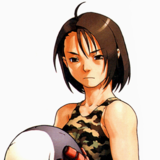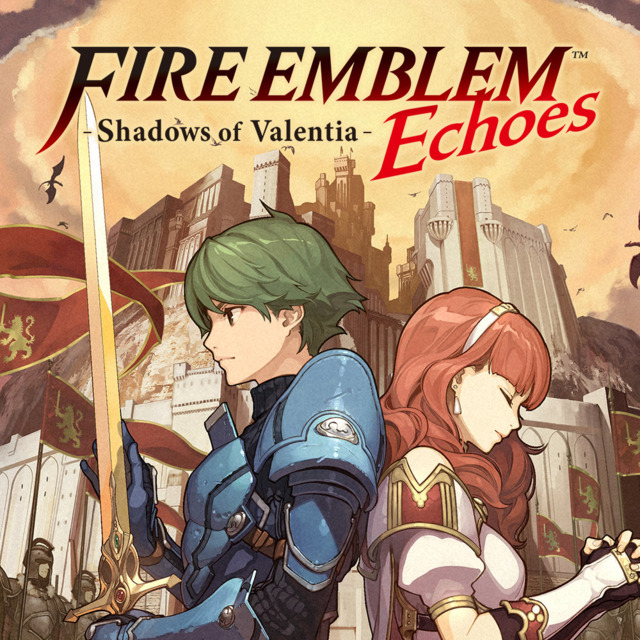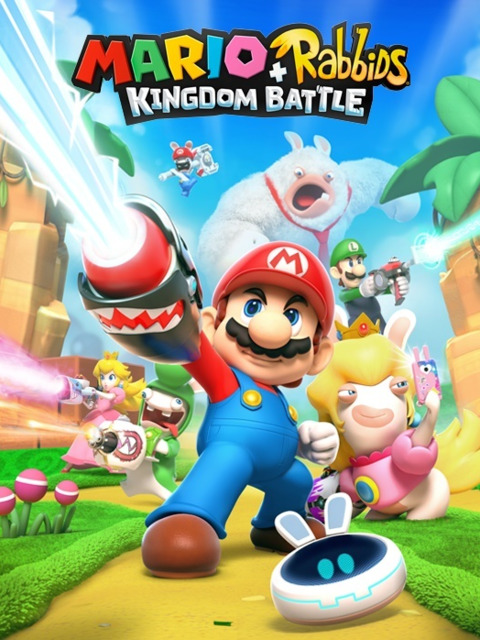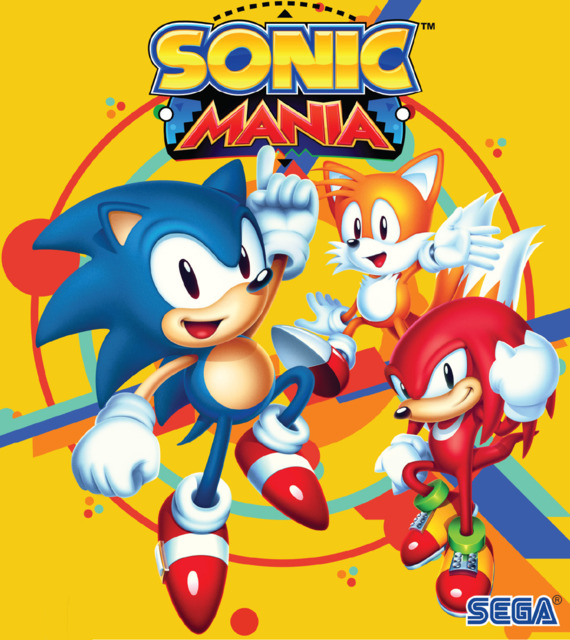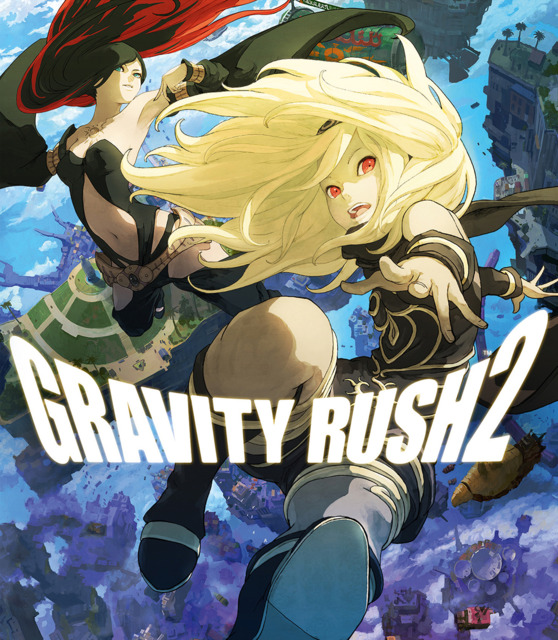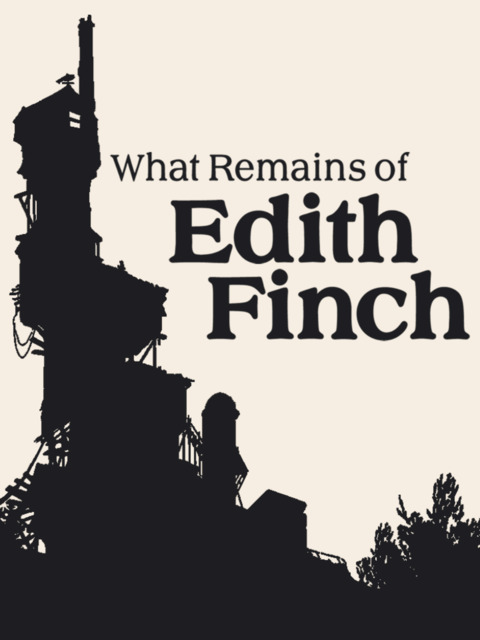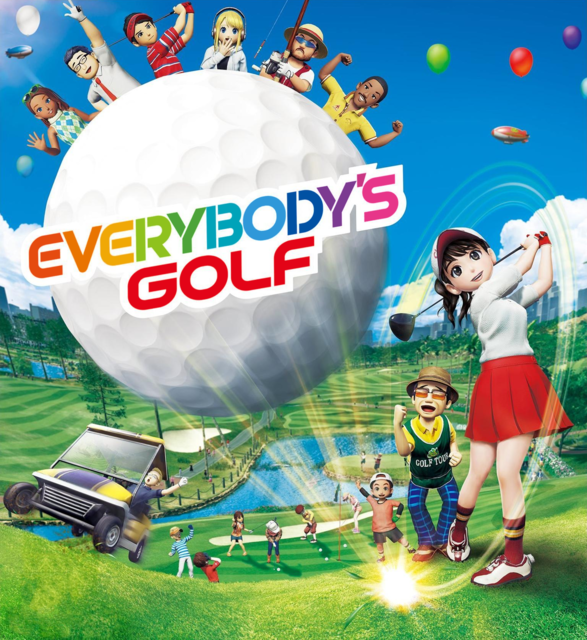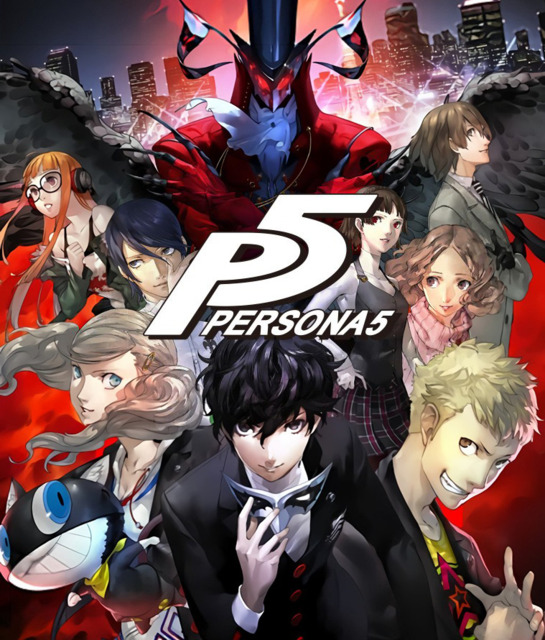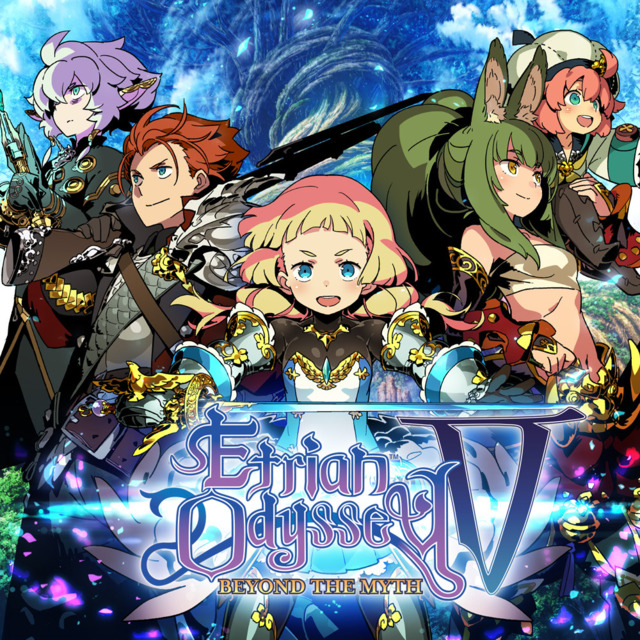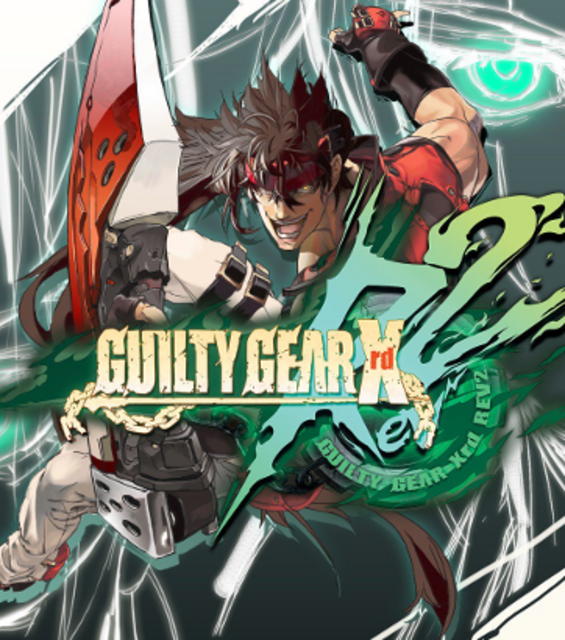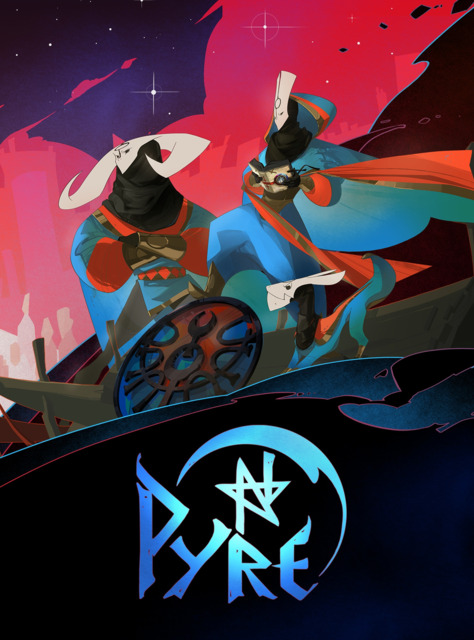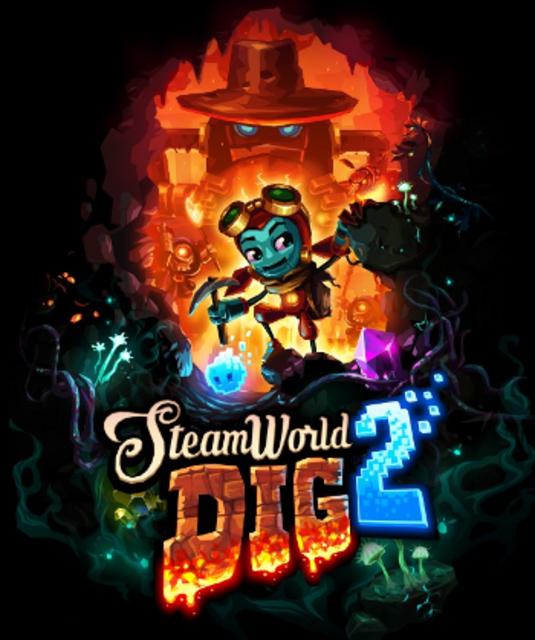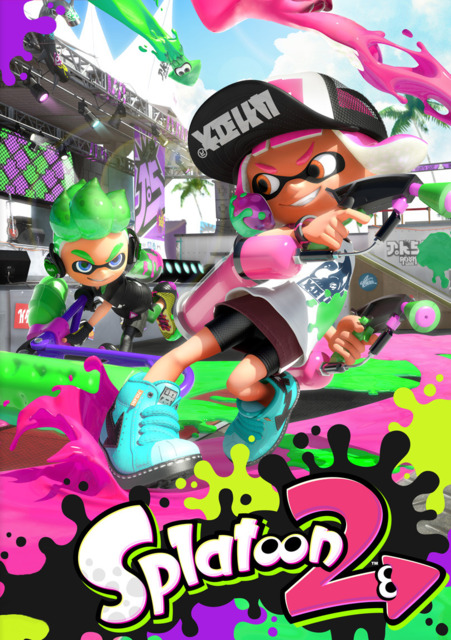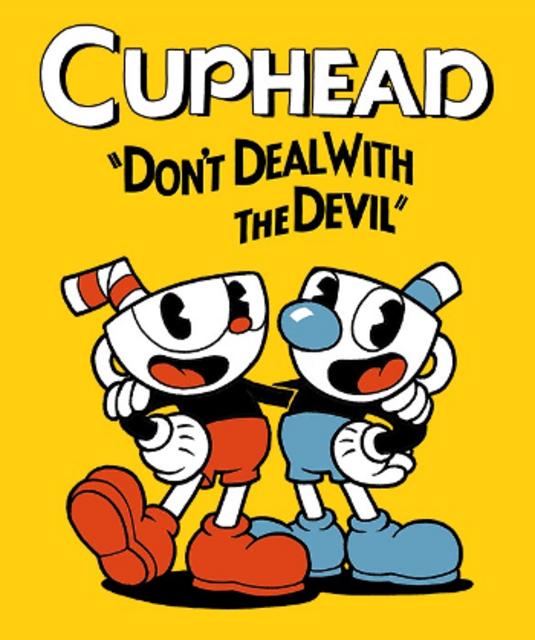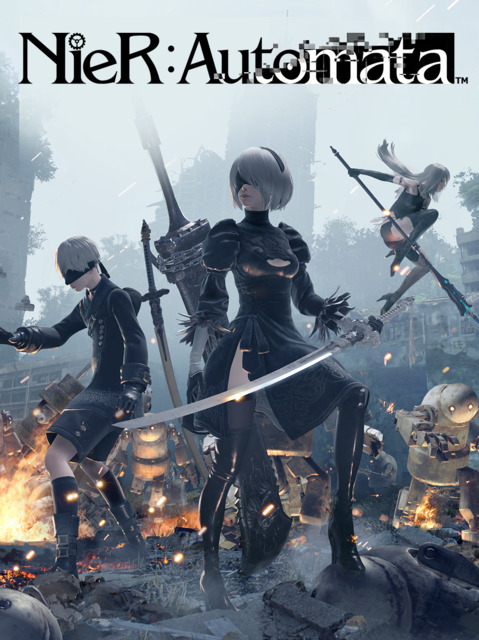[#01]
It took me awhile to really grab hold and enjoy what NieR:Automata was doing in many facets, but once it did, I was left speechless with the overwhelming amount of instances where I thought the game did something well, interesting, ambitious, etcetera, upon finishing. Those moments were not just relegated to a few select areas that I can pinpoint and detail thoroughly, but in many areas around the technical and creative aspects of the game. I do share the sentiments with some of the criticisms levied against the game and took them into serious consideration, I did not think the game’s flaws were serious enough cumulatively to derail the powerful culmination of positives I took from the game. NieR:Automata falls into a special group of something you enjoy so much that you easily acknowledge its weaknesses and still be blown away.
The start of route B was the key moment that made me stop for a bit of what Automata was doing. I was heading in expecting to start from route A upon continuing my journey, instead I am controlling one of the enemy robots that I have been destroying in numbers, slowly walking back to fetch oil in hopes to revive his brother. When I tripped and spilled the oil for the first time was another small moment that I thought was cruel but neat. Once I took control of 9S, I went in the “wrong” direction and fell into one of the few bad/joke endings, another small moment that got my attention. I was then amazed upon playing route B’s introductory sequence to hear the same exact dialogue from route A’s intro, but you’re playing the same sequence from 9S’s perspective to see his view of the events unfold. That was only the beginning of unraveling the layers Automata had in store for me.
I won’t go into heavy detail on any specific moment that gave me pause, but I will say that those moments, no matter what themes and possible emotions those particular moments employ, always felt natural. What started as a simple mission of Yorha, a spealicized trained group completely run by androids, whose sole purpose is to take back the Earth on behalf on humankind against the aliens who invaded and took over the planet, turns into something more internal over the constant questions of life and its meaning to non-human beings. The plot is nonsensical on a macro scale, but the cumulation of how the events unfold little by little made slowly won me over on where Taro’s writing would take me next.
Equally mesmerizing are how strong many side quests and side stories squeezed in between the main stories. None of them provide any additional information that typical side quests ensue, instead the side quests are mini-stories being told in Automata’s universe. The quality of the side quests vary, but the ones that hit really hit. The end results of the side quests range from surprisingly quaint to outrageous outcomes, which in Automata’s environment is par for the course. But giving the side quests their own little stories show how far Taro and company are willing to give something minor as side quests the amount of attention it got. Hell, they even went as far as writing mini-stories for all weapons that unveil more as you upgraded them.
From what I’ve been picking up, folks that love Automata typically love it for a combination of story, characters, and themes it carries itself out in strong fashion throughout. For me, it was Automata’s unconventional takes on the video game aspects of what a video game should do. At the beginning, the game makes it clear with messages that there will be no save points available during the first hour of the game, and no auto-save available. The Taro-esque character warns on how the map will not be reliable because that’s what you have to play and deal with in this game. Upon finishing route A, there was a message written by Square Enix PR congratulating you on finishing route A and also imploring you to continue playing to get “the full experience.”
I want to highlight some of my favorite unconventional Automata gaming moments to on my to further elaborate my point. The chip program is the area where you get to choose with skills to add within the allotted space, and within that space is the ability to remove UI if you rather have that space allocated to another skill. The suddenness of walking out of the directed path in particular story points that led you to a bad ending is a neat feature. Not limiting itself to just a character action game, but also making a hacking mini-game an important part of combat and sprinkling in doses of old-school shoot ‘em ups (Radiant Silvergun like with the shooting and melee attacks) is also a nice touch. The final boss sequence where you bounce back and forth between A2 and 9S battling the same boss is another unconventional is another great instance. Lastly, everything that ending E involved from not only in accepting help, but also willing to give up your save to help another “who you even hate” to get through the same ending is just magical, in a sense that it not only affects your game of Automata of giving up your save, but to another who may get your save to finish ending E and have them go through the same dilemma as you did.
I did not want my Automata write-up to be all rainbows, and there are varying degrees of flaws that I found with the game that did not fully impact my final assessment of the game, but could be significant to others that view it otherwise. I understand that the story, characters, and themes told may not resonate due to a variety of factors. I’ll agree that Route B could have been skimmed down to not feel like a complete retread of route A, though I’ll argue that B’s length is justified for recontextualizing the same events. I’ll also agree that Automata my not have great art or is impressive graphically on a technical scale, but I’ll digress they’re outright bad just because the world is sparse and doesn’t have muscle behind its look. Lastly, I can see where the argument of the soundtrack used in a way to evoke emotion where it did not warrant one.
Automata’s major criticism have been directed to its gameplay, which I’ll give some and take some. It is interesting to hear this aspect of the game weak considering PlatinumGames was brought in to ensure this was not going to be the problem that NieR was fairly knocked for. I don’t think the game play is terrible to the point where it’s downright unplayable, but those who are looking for a more intense, intricate combat gameplay liken to Bayonetta (ground combat)/Radiant Silvergun (shoot ‘em up) will probably find the combat boring and not challenging. I liken the ground combat to a beat ‘em up, there’s not much depth but it still looks great and the controls feel pretty sharp and responsive enough to keep up with the action. It may be disappointing to those who heard about PlatinumGame’s action excellence were hoping Automata’s combat be in the same vein as Bayonetta or Revengence, but the gameplay does the job in not being a broken mess to play and is not the Automata’s focal area of importance.
The lasting impression I got out of Automata was that there are cracks on what a video game should entail and games should take more chances on going off the cusp if it’s handled by the right hands. Though I enjoyed the rollercoaster ride of 2B, 9S, A2’s endeavors of their situations, endearing NPCs (Pascal being one of the strongest NPC/supporting characters ever written), memorable side quest stories, and the themes that feel close to anyone who has ever dealt with those themes heavily in its story; it’s more of what Automata does in doing something off the beaten path on some familiar video game conventions that not only made the game more engrossing. Automata has shown me that there are a ton more things that can be done with the video game format, and gives me hope for future games that can find the cracks and deliver more strong, unconventional gaming experiences.
Cheers, to video games.
